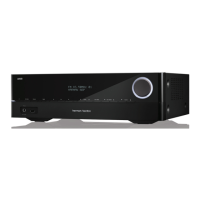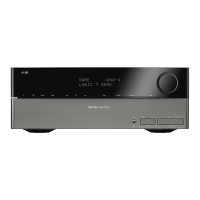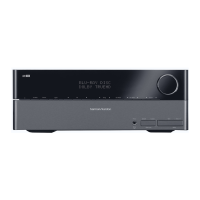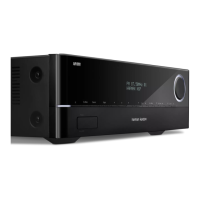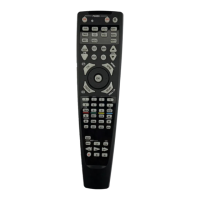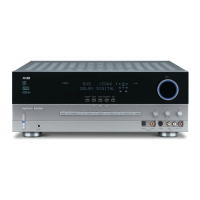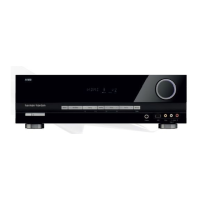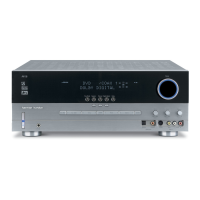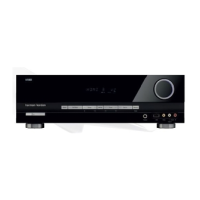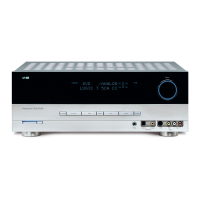What to do if Harman Kardon Receiver has front-panel display lights, but there’s no sound or picture?
- AAlexandra SaundersAug 13, 2025
If the front-panel display lights up on your Harman Kardon Receiver but you're not getting any sound or picture, here are a few things to check: * Make sure all input and speaker connections are secure. * Ensure that the mute button is not activated by pressing it. * Verify that the volume control isn't turned down; increase the volume.
